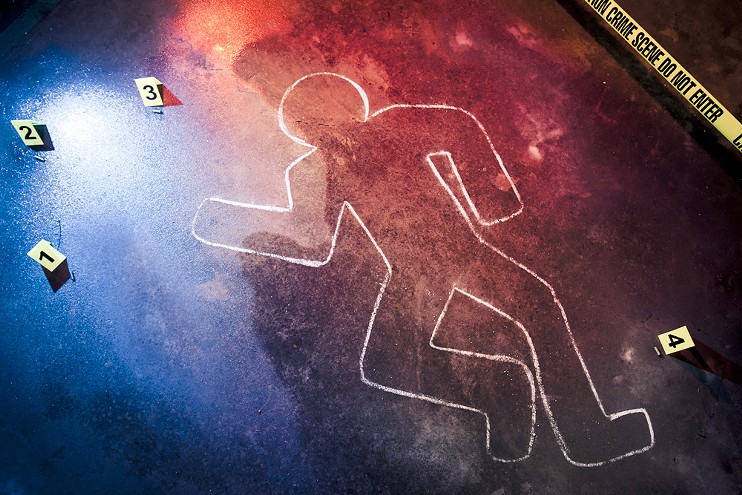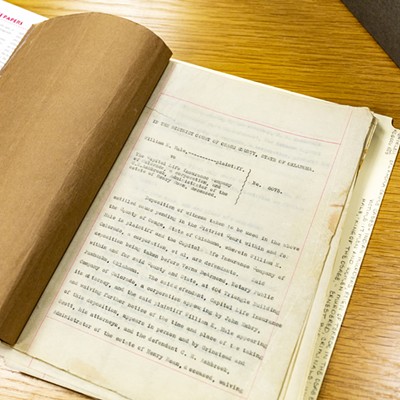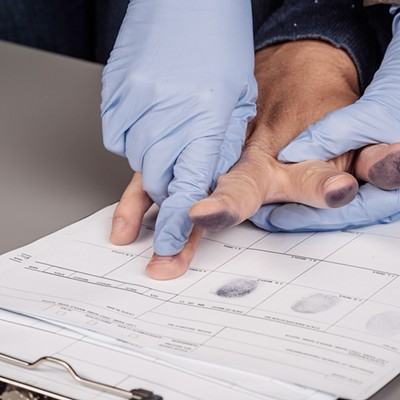To say there’s been a huge surge in crime shows is an understatement.
Many popular television shows such as the American classics CSI and Law and Order have given a glimpse into what viewers believe to be realistic crime investigations, but many fail to show factual application of forensic science applications and its interplay with the criminal justice and legal systems. Instead, they provide entertaining but exaggerated or otherwise unrealistic expectations for what the field has to offer.
Fingerprint results back instantaneously. DNA matches occur within the span of a commercial break. All cases are violent but still female death investigators and medical examiners wear dresses, make-up, and heels to crime scenes. Oh, and where murder weapons are commonly left at crime scenes, suspects spill their guts the moment they enter a law enforcement interview room in cuffs and every case is solved within 24 hours.
Avid viewers have come to expect these types of results, evidence, and portrayals to be applied in the real world, however. This phenomenon is commonly referred to as the “CSI Effect”.
As simple and harmless as this phenomenon may seem, the CSI Effect has proven to have lasting effects while shedding doubt on the credibility of forensic science in criminal investigations, criminal court proceedings, misinterpretations of evidence and even going as far as swaying jurors’ decisions based on what “they’ve seen on CSI” in real court cases.
So let’s clear up some misinformation quickly:
Fingerprints, for example, cannot be identified if a tentative identity is unknown and/or the decedent doesn’t have prints already on file with a law enforcement agency or entity. Yes, the fingerprint process has improved over the last few years, but unlike the T.V. shows, not everyone is as easily or quickly identified using this process.
Not all cases are homicides. Quite the opposite. They account for only about 5 percent of death investigation cases in the state each year. Many more are unattended deaths and overdoses.
Autopsies are not conducted in a matter of 20-30 minutes and cause and manner of death cannot always be determined within a day or even weeks. Depending on the case, autopsies can take from an hour to several days.
Cause and manner of death results, if not imminently apparent, could take six to nine weeks to be determined. This is mostly because that’s the average turnaround rate for toxicological analyses in Oklahoma.
Bodies cannot be viewed for identification purposes by family members. This is an outdated practice that, contrary to popular belief based on television shows, only happens in Oklahoma under rare circumstances.
The cause and manner of death is not always found. There are circumstances where a body cannot help the forensic pathologist determine one, often due to decomposition.
Reality-based shows like 48 Hours and Secrets of the Morgue give more real-life scenarios and cases, but in fictitious television programming, all are guilty on one level or another of promoting “the CSI Effect.”












